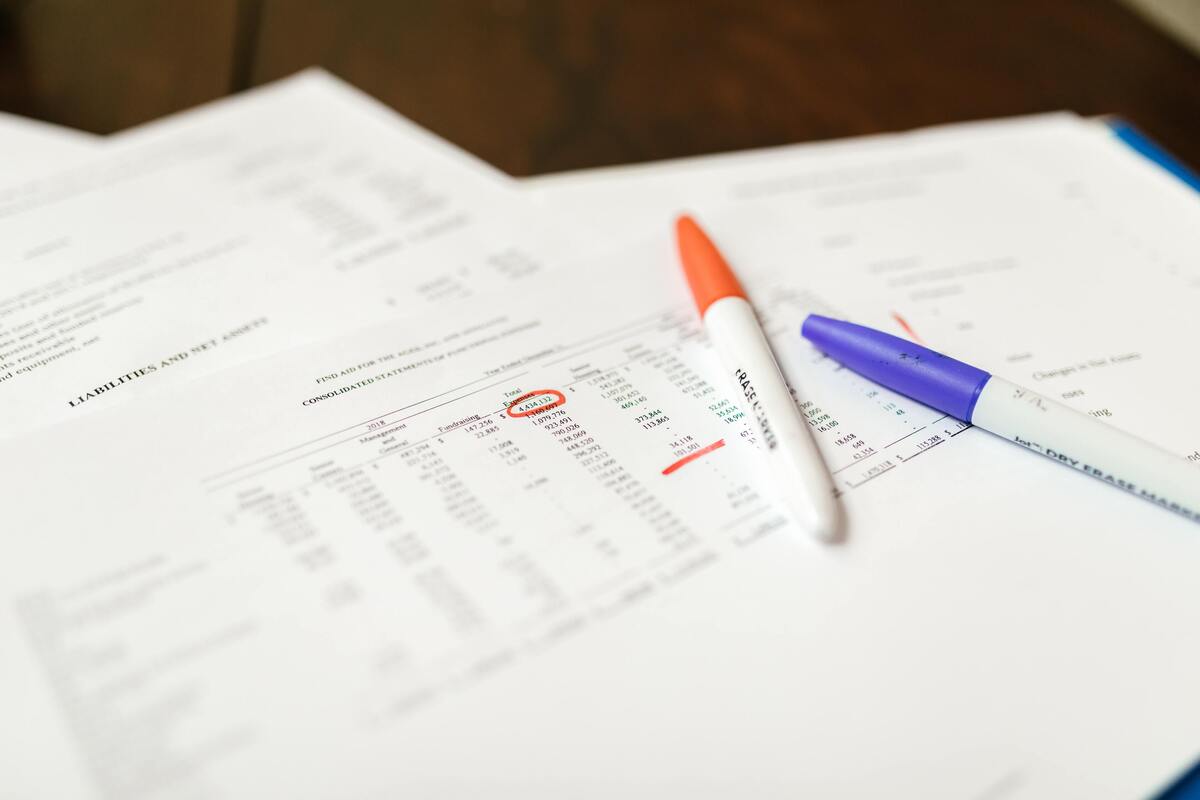What To Do If You Cannot Pay Off Your Bounce Back Loan
July 11, 2023
If you’re struggling to pay off your Bounce Back Loan, you may have lots of questions about what will happen next.
The Bounce Back Loan Scheme (BBLS) gave businesses the chance to borrow between £2,000 and up to 25% of their turnover, to a maximum of £50,000.
There was no interest to pay during the first 12 months, but for many businesses, repaying the loan in instalments after that with an interest rate of 2.5% was challenging.
In this article we’ll explore what to do if your business is having trouble paying off a Bounce Back Loan.
Bounce Back Loan Scheme arrangements - the good and the bad
According to The Gazette, the BBLS gave out an estimated £45bn in loans with a duration of six years.
While banks and insurers were ineligible to apply, not insurance brokers. The loan scheme closed on 31 March 2021.
Therefore, a few years from the onset of COVID-19, recipient companies are still within their term - unless they paid off the loan early or went into liquidation, for example. For some companies, the loan term is now up to ten years, if they have extended it.
Businesses were eligible for a Bounce Back Loan if:
- Based in the UK
- Affected specifically by the pandemic
- Established before 1st March 2020
It soon became clear a substantial number of businesses not trading pre-pandemic received a Bounce Back Loan, with some claimants using the money for personal purposes.
To prevent business lending banks from reclaiming the money, individuals behind the businesses dissolved or liquidated them. In response, in 2022 the government introduced the Rating (Coronavirus) and Directors Disqualification (Dissolved Companies) Act 2021.
It has given the Insolvency Service power to retrospectively investigate and take action. This can include director disqualification and ordering wrongful claimants to pay compensation.
The Insolvency Act 1986 also grants the power to investigate improper conduct of directors at liquidated companies, then recover money from them personally.
Help with your Bounce Back Loan repayment
First of all, if you’re concerned about making a Bounce Back Loan repayment, contact your lender as soon as possible.
They can provide advice based on your specific BBLS circumstances, taking into account any other arrangements you may have with them.
The key means of support to help with your Bounce Back Loan repayments is Pay As You Grow, introduced by then Chancellor and current PM Rishi Sunak.
Businesses had 12 months from taking out their Bounce Back Loan to apply for this relief. Options include:
- Extending the loan term from six years to ten while keeping the same 2.5% fixed interest rate
- Taking a six-month loan repayment holiday
- Reducing payments for six months by only paying the interest - you can do this up to three times during your loan term
- Combining some/all of the above options
However, in each scenario, the total amount owed increases – as confirmed by British Business Bank plc, a development bank wholly owned by the government.
Another option worth considering is a Time to Pay arrangement, which may give you additional months to make monthly repayments.
What happens if you cannot repay
If your business is insolvent and unable to repay the Bounce Back Loan then you need a qualified, licensed insolvency practitioner.
Two common procedures include a Creditors’ Voluntary Liquidation (CVL) and a Company Voluntary Arrangement (CVA). So, what’s the difference between a CVL and a CVA?
For a business that’s able to continue trading, a CVA - typically lasting up to five years - could improve cash flow and ease pressure.
By making agreed contributions to the insolvency practitioner and accepting changes to the business model - designed to prevent future insolvency issues - a company may save itself.
The company’s credit file will have a record of the CVA, as will Companies House.
Alternatively, if the debts are unpayable then a CVL may be the best option. This process aims to pay off as much of the debt as possible using company assets.
This method can also alleviate some pressure. It’s a more proactive and structured way of approaching liquidation than waiting for a court to force it.
Get more information on how a licensed insolvency practitioner can help if you can't pay a Bounce Back Loan.
Summary: What to do if you cannot pay off your Bounce Back Loan
Businesses had 12 months from accepting a Bounce Back Loan to apply for relief.
Options included extending the loan term from six years to ten, taking a six-month break from existing debt repayments, and only making interest payments for six months (up to three times).
Alternatively, a CVA could be a viable option for businesses capable of continuing trading while insolvent.
Otherwise, a CVL can pay off as much of the debt as possible by liquidating the business and selling off its assets.
Hudson Weir are licensed Insolvency Practitioners - see how we can help if you can't pay a Bounce Back Loan. If you have any debt-related queries you’d like to discuss, please don’t hesitate to contact us.













